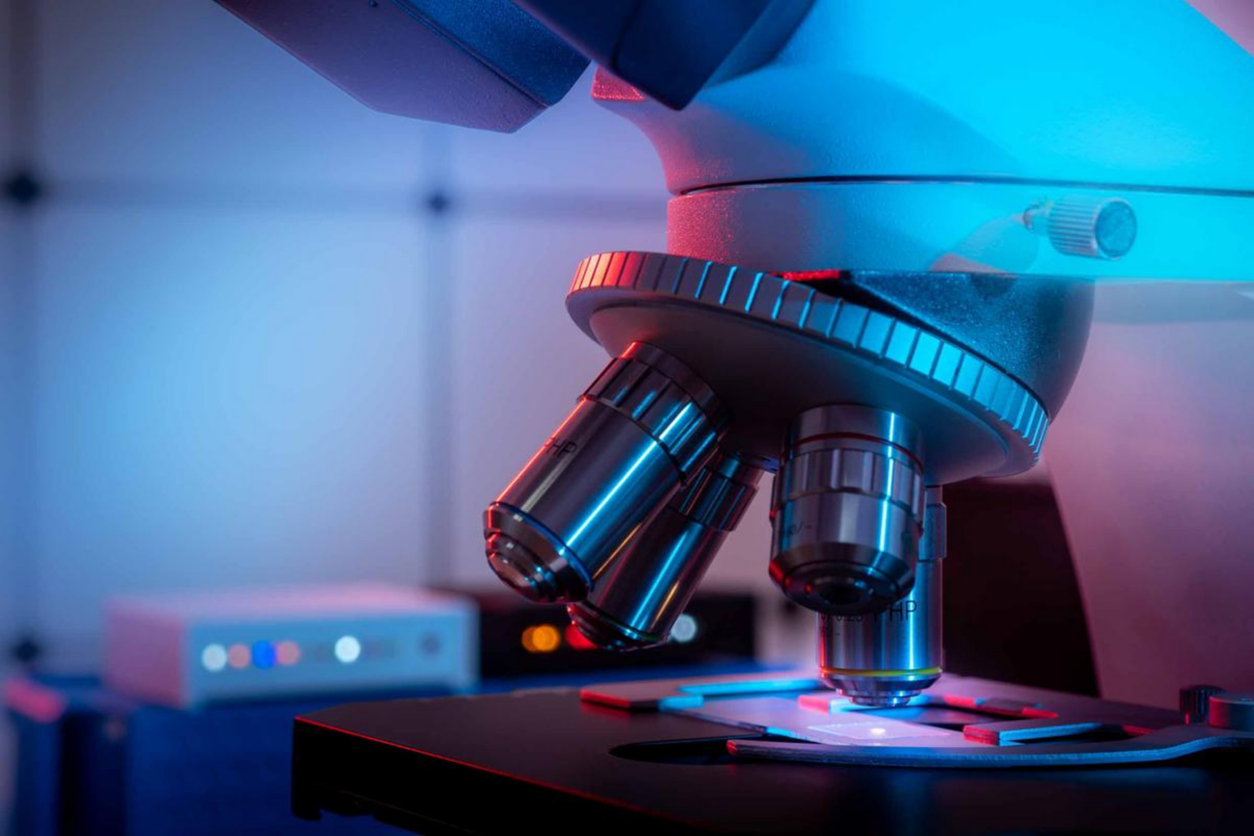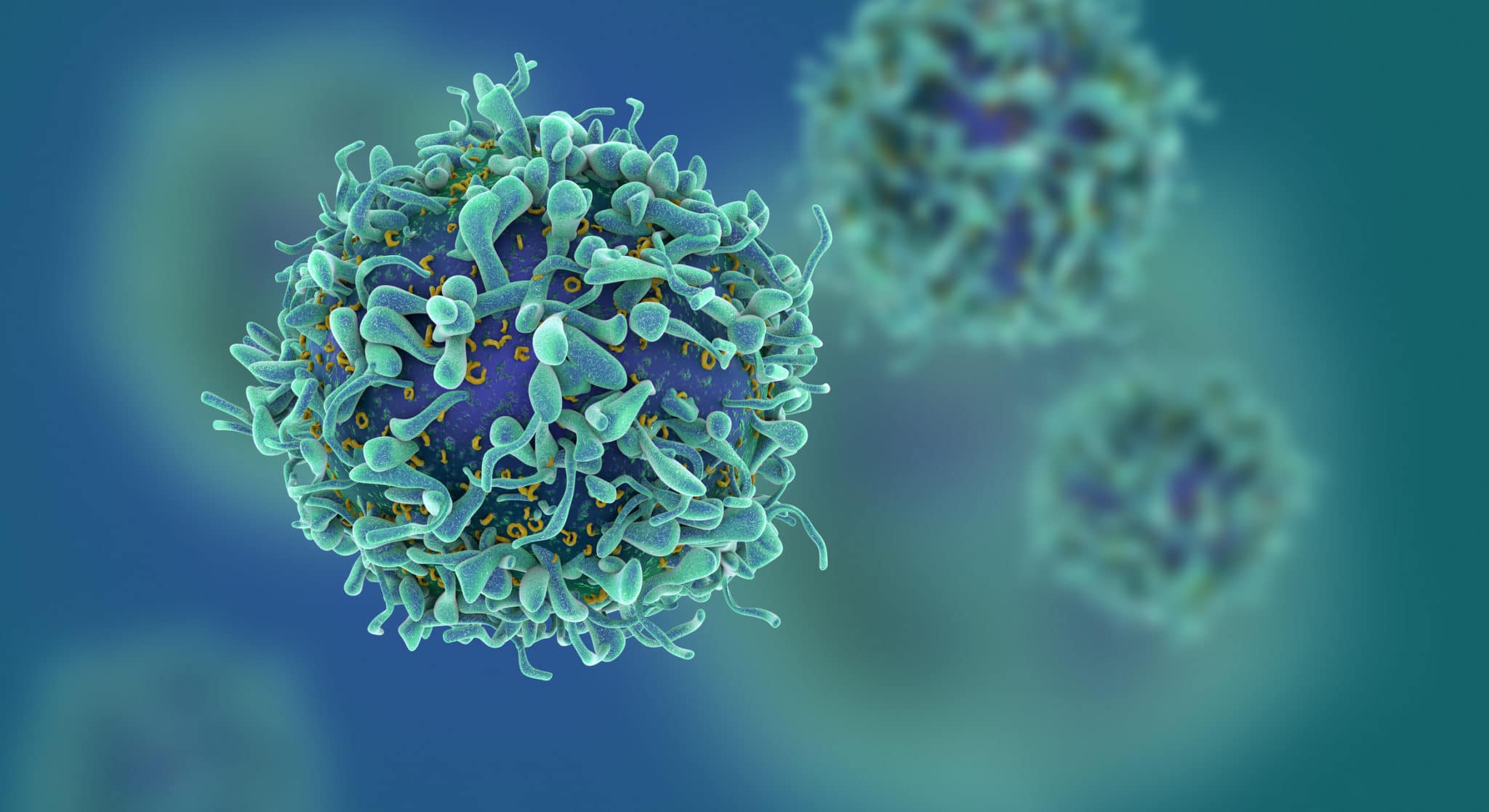Blog
Category: Technical
The Secrets of Regulatory T Cells: Balancing Immunity and Health
Updated on Sep 5, 2025 | Published on Sep 15, 2021 Share
T cells are known as the guardians of our immune system, initiating and maintaining our defense against infections and diseases. While there are many types of T cells, regulatory T cells, or Tregs, have the unique ability to keep balance in the immune system. Tregs help ensure that our bodies react effectively against pathogens while preventing excessive or misdirected immune responses that can lead to autoimmune diseases. Tregs serve as …
FACS vs. Flow Cytometry
Updated on Aug 20, 2025 | Published on May 5, 2021 By Dominique Badea, PhD Share
Over the past few decades, technologies like flow cytometry and fluorescence-activated cell sorting (FACS) have revolutionized our understanding and manipulation of cell populations. Since their inception, there have been significant advancements and applications, from clinical diagnosis to biomedical research, propelling a new era of cellular analysis and handling. The terms flow cytometry and FACS are often used interchangeably. However, this is not accurate. Namely, FACS is a subtype of flow …
CTC Separation: Circulating Tumor Cells Isolation Methods and CTC Isolation from Whole Blood
Updated on Sep 5, 2025 | Published on May 3, 2021 Share
CTC Separation When a cancerous tumor is present in the human body, some of the tumor cells can be shed into blood or lymph vessels, where they travel through the bloodstream alone or in clusters. These cells are called circulating tumor cells (CTCs). Scientists can collect these cells for research purposes through a process called CTC separation. CTC separation is the process of CTC isolation from whole blood samples. Residual …
The Simplest and Quickest Method for T Cell Isolation From Mouse Spleen
Updated on Sep 5, 2025 | Published on Apr 29, 2021 Share
Spleen Cell Isolation Just as a gold mine has different areas with higher concentrations of gold, different parts of the body have different levels of T cells. In a mouse, the spleen cell culture is composed of around 100 million splenocytes. Splenocytes are mononuclear white blood cells (WBCs) derived from or situated in the spleen. T cells typically comprise roughly 25% of the total splenocyte population. While murine (relating to …
CD4 Helper T Cells: What Are CD4 T Cells? CD4 T Cell Functions and Isolation Methods
Updated on Oct 29, 2025 | Published on Apr 27, 2021 Share
What are CD4 Cells? The human immune system is broken down into two major categories: the innate immune system and the adaptive immune system. The innate immune system is comprised of different physical, chemical, and cellular responses to pathogens that jump into action, offering general and non-specific first line defense when the immune system is called to act in an effort to contain the spread of pathogens. The adaptive immune …
Magnetic Beads for Cell Isolation and How to Remove Magnetic Beads From Cells
Updated on Sep 5, 2025 | Published on Apr 6, 2021 Share
Cell Separation Using Magnetic Beads Due to a constant demand for enriched cell samples, there are a variety of methods used to isolate and extract target cells from a mixture. One of the more common techniques is magnetic-activated cell sorting (MACS). MACS uses magnetic beads and a magnetic separation column to perform cell enrichment. MACS The goal of MACS, also called immunomagnetic cell separation, is to isolate a single cell …
What is Buffy Coat in Blood? Buffy Coat Preparation and Buffy Coat Cell Extraction
Updated on May 16, 2025 | Published on Mar 25, 2021 Share
What Is a Buffy Coat? A buffy coat is a mix of lymphocytes, monocytes, granulocytes, and platelets, isolated from plasma and RBCs by centrifugation. In a sample of peripheral whole blood, less than 1% of the cells are white blood cells (WBCs) and platelets. When researchers put the sample through a centrifuge, a machine that spins the blood, those WBCs and platelets combine to form their own layer suspended between the red blood …
Density Gradient Centrifugation for Cell Separation
Updated on Aug 20, 2025 | Published on Oct 26, 2020 Share
Optimizing a cell separation method is critical for many researchers. There are various ways to sort different types of cells, and the best methodology often depends on the cell subset. One of the quicker and more cost-effective ways to sort a sample based only on physical characteristics is using centrifugation.
FACS, MACS, and BACS™: What’s the Difference?
Updated on Sep 5, 2025 | Published on Oct 19, 2020 By Jason Ellis, PhD Share
In the fast-evolving world of biomedical research, the ability to accurately classify and analyze cells is pivotal. Cell isolation and sorting technologies provide essential tools for researchers in several prominent fields, including immunology, cancer research, and stem cell studies. Among the most prominent techniques are fluorescence-activated cell sorting (FACS), magnetic-activated cell sorting (MACS), and the emerging buoyancy-activated cell sorting (BACS™). Each of these methods has unique advantages and challenges, shaping …
Cytotoxic T Cells Role in the Immune System
Updated on Aug 20, 2025 | Published on Oct 19, 2020 Share
Cytotoxic T Cells A cytotoxic T cell (CD8+ T cell) is a type of T cell responsible for eliminating substances the immune system identifies as harmful. Cytotoxic T cells play a critical role in limiting infections and bacteria in the body. Functions of Cytotoxic T Cells Viruses and other bacteria attack by multiplying and spreading diseases as infected cells. Once a cell is infected, there is no way for antibodies …






